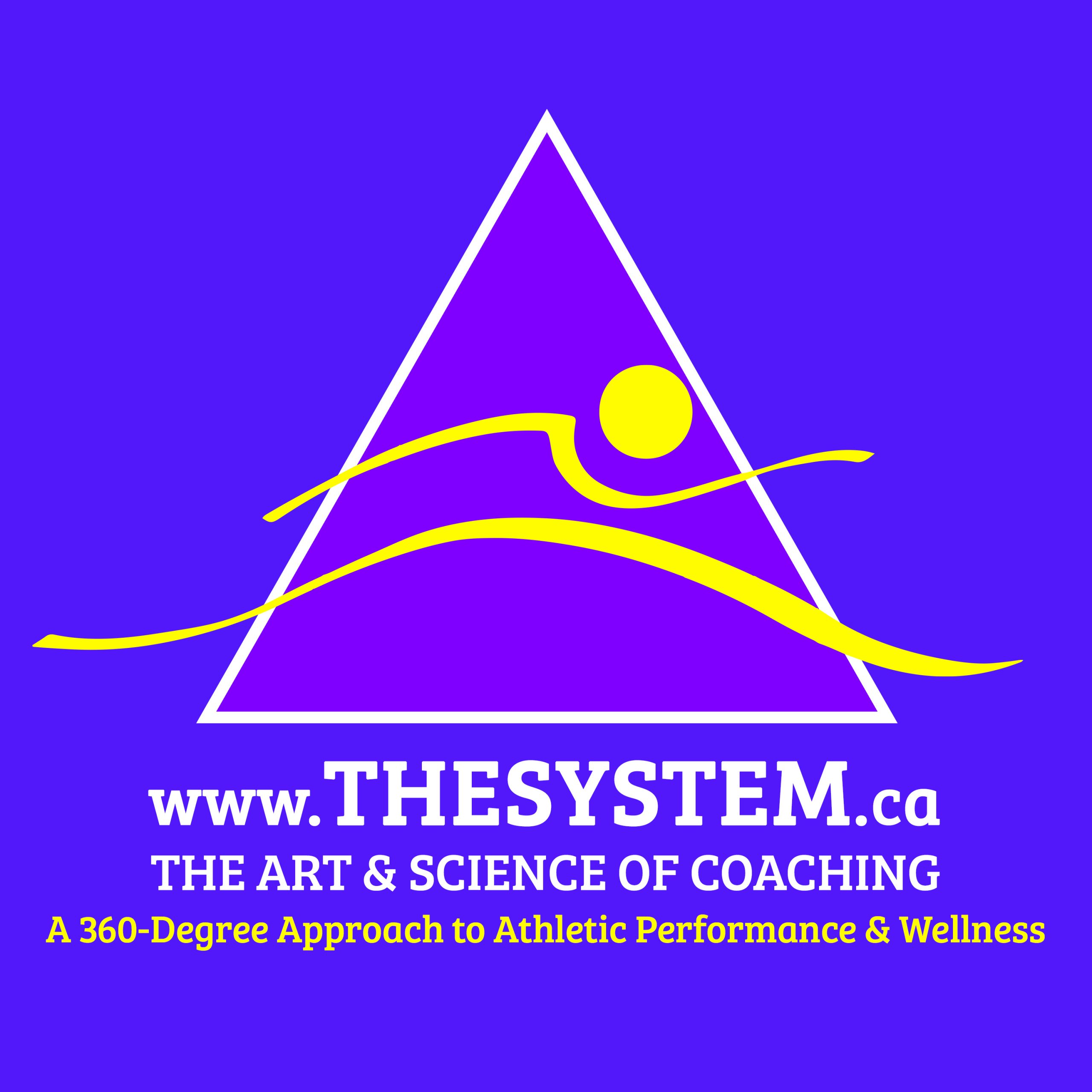Speed is developed via low volume (< 400 m / session) short duration [5 to 10m or 5-7 secs (up to 20m) duration after a run in of 30m].
“When you own a Hot Rod, you do not take it for a leisurely Sunday drive”
To ensure the athlete does not over extend themselves, it is necessary to sometimes put the stopwatch away. This way the athlete will not attempt to achieve a best time, but rather focus on the quality of the run.
“A good coach does not need to spend much time to motivate his/her athletes, but rather spend a majority of his/her time making sure the athlete is regenerating and not over extending him/herself”
Coaches must learn to back off from training once in a while. If the athlete has achieved a Personal Best, they no longer need to train that element, but rather move to a less CNS demanding element of training.
“Less volume of quality work equates to more quantity of work, not the other way around…those who go for more will often end up with less… less volume & more quality intensity results in better adaptation”
Do not perform PNF / Ballistic type stretching on the athlete if the there is a restriction in the ROM. Opt for more passive, longer duration stretches. Once optimal ROM has been achieved, then PNF / Ballistic type stretching can be applied.
“All types of flexibility methods are valid. It is the moron who only uses one type to try and achieve all results. If all you have in your tool box is a hammer, everything look like a nail”
Speed work/Speed Endurance (i.e. 30m to 120m (up to 200)) & Strength (i.e. 85% of 1RM and up to x 2-5 reps) work can deplete the CNS very rapidly. By employing Regeneration methods (i.e. massage, saunas, etc…), the athlete can minimize CNS depletion by 20 to 30% (up to 40%) more than with no regeneration methods. Remember, the brain perceives relative fatigue way before absolute fatigue sets in. Thus peripheral musculature will shut down once the CNS system becomes depleted. Having said this, the number of regeneration days required for running at 95% vs. 100% is 48 to 72 hours (up to 96 hours) vs. 7 to 10 days. It is important to keep this in mind when an athlete sets a PB or achieves a major athletic milestone. W.R.T. the former scenario (i.e. 95% intensity), it is much easier to apply some strength training after this type of session (depending upon the volume of speed work that was already completed), as the CNS will still have some reserves. In the latter scenario, as mentioned previously, the athlete will not benefit from any strength or even some tempo soon after such an effort. It would be best to then spend time performing “Regeneration Workouts” for a few days instead.
CNS fatigue can be minimized not only by strategic Regeneration work, but by the proper use of low intensity Tempo training, with the latter, by-in-large, leaving the CNS unfettered. A majority of the regeneration / monitoring work should be done by the athlete or by the coach / regeneration staff. The athlete must not totally rely on the testimonials of their mentors, as the quality / subjectivity of “how they feel” should be more and more apparent when they are taking an active role in the regeneration / monitoring process.
Regeneration must be done prior to, during (and for a longer duration), and after a training session is over to remove any residual fatigue and carryover fatigue towards the next session. 786



